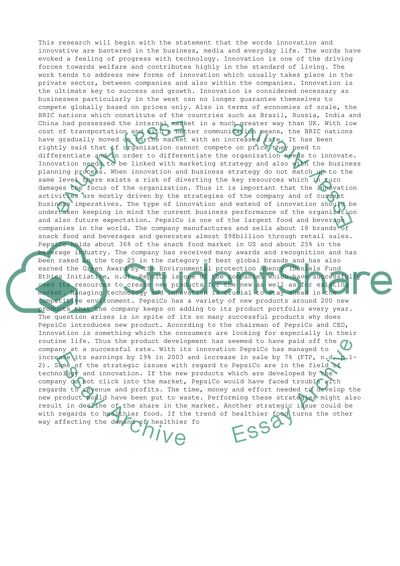Cite this document
(“Innovation & Development Assignment: case of PepsiCo Term Paper”, n.d.)
Retrieved from https://studentshare.org/management/1396742-innovation-development-assignment-case-of-pepsico
Retrieved from https://studentshare.org/management/1396742-innovation-development-assignment-case-of-pepsico
(Innovation & Development Assignment: Case of PepsiCo Term Paper)
https://studentshare.org/management/1396742-innovation-development-assignment-case-of-pepsico.
https://studentshare.org/management/1396742-innovation-development-assignment-case-of-pepsico.
“Innovation & Development Assignment: Case of PepsiCo Term Paper”, n.d. https://studentshare.org/management/1396742-innovation-development-assignment-case-of-pepsico.


